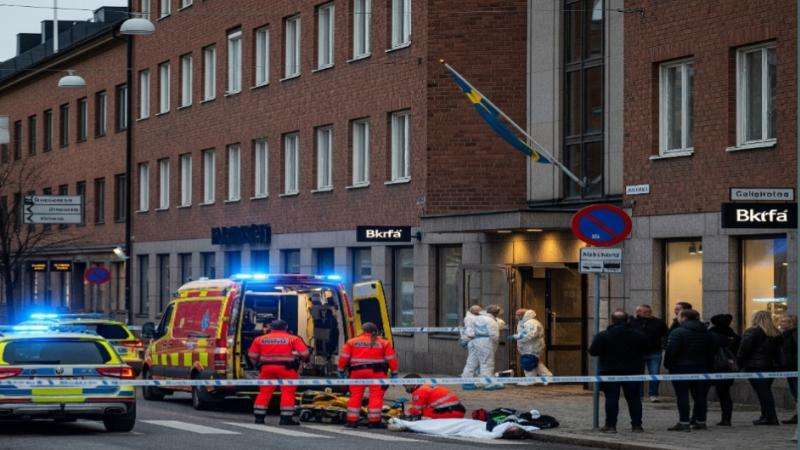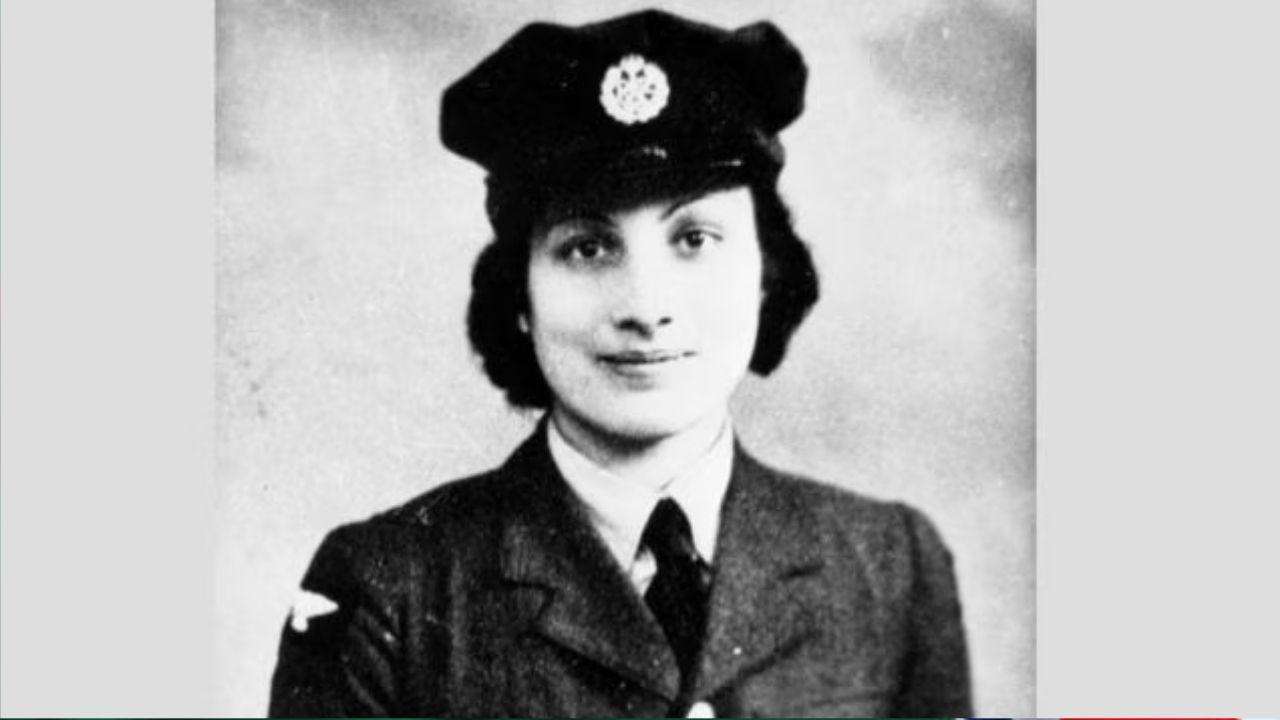Beginning next month, the George Cross medal given to Noor Inayat Khan, a British Indian spy and Tipu Sultan descendant, for her "most conspicuous courage" will be on exhibit at the Royal Air Force (RAF) Museum in Colindale, north-west London.
Khan, who served with Britain's Special Operations Executive (SOE) in Paris during World War II and eventually sacrificed her life for the cause of the Allied Forces, received the UK's highest civilian award posthumously for her valor in German-occupied France. Before the Nazis killed her in September 1944 at Dachau Concentration Camp, she was subjected to a rigorous questioning.
“I am delighted that Noor’s George Cross has found a home at the RAF Museum, where it will be viewed by hundreds of thousands of visitors every year,” said Shrabani Basu, the London-based author of the biography ‘Spy Princess: The Life of Noor Inayat Khan’.
“Noor loved her Women’s Auxiliary Air Force (WAAF) uniform and was always proud to wear it. She was the first woman radio operator to be flown into occupied France and did one of the most dangerous jobs in the field. The George Cross recognised Noor’s bravery in her fight against the Nazis and is the highest civilian honour awarded by Britain. This is the perfect way to remember her legacy and inspire the next generation,” she said.
The medal has been loaned to the RAF Museum by Noor Inayat Khan’s family and will be displayed along with the logbook of the pilot who flew the undercover wireless operator to France on her mission. As ambassador for the RAF Museum, Basu will be in conversation with Noor’s cousin Shaikh Mahmood at the launch of the display on December 2.
“We are privileged and humbled to share Noor’s George Cross with our visitors. Her story of bravery and determination sings to us across the decades, and we know will inspire people of all ages and from all backgrounds,” said Maggie Appleton, CEO of the RAF Museum.
“The generous loan of the medal by her family, alongside the logbook that records her flight into occupied France and our Special Duties Lysander are a powerful representation of her service and sacrifice,” she said.
Born to an Indian Sufi father and an American mother, Noor was living in Paris when Germany invaded France in 1940. She escaped to Britain where she joined the WAAF and trained as a wireless operator. Despite being a Sufi and therefore a pacifist, Noor believed that it was her duty to support the fight against Nazism.
Noor’s technical skills and fluency in French led to her recruitment by the SOE and her deployment to Paris as a special agent in 1943. As per her biography, after Noor’s SOE colleagues were identified and arrested, she was given the option to return from enemy territory, but she chose to remain at her post until she was betrayed and arrested. Her dying words in the face of Nazi torture were “liberte”.
Noor Inayat Khan went on to become one of only three women to be awarded the George Cross, Britain’s highest honour bestowed on civilian or military personnel who have carried out an act of bravery while not under enemy fire.
The citation for Noor’s George Cross reads: “Assistant Section Officer Inayat Khan displayed the most conspicuous courage, both moral and physical over a period of more than 12 months.” The new display at the RAF Museum, which opens in early December, is integrated within the museum’s exhibition entitled ‘Strike Hard, Strike Sure: Bomber Command, 1939-1945′.
The exhibition explores the story of the incredible bravery of those in Bomber Command during the Second World War, sharing the stories of the people, aircraft and technology that enabled Allied victory.
The new museum display follows a portrait of Noor Inayat Khan leaving on her mission to France being unveiled by Queen Camilla in August last year, which now hangs at the RAF Club in London.








.svg)



